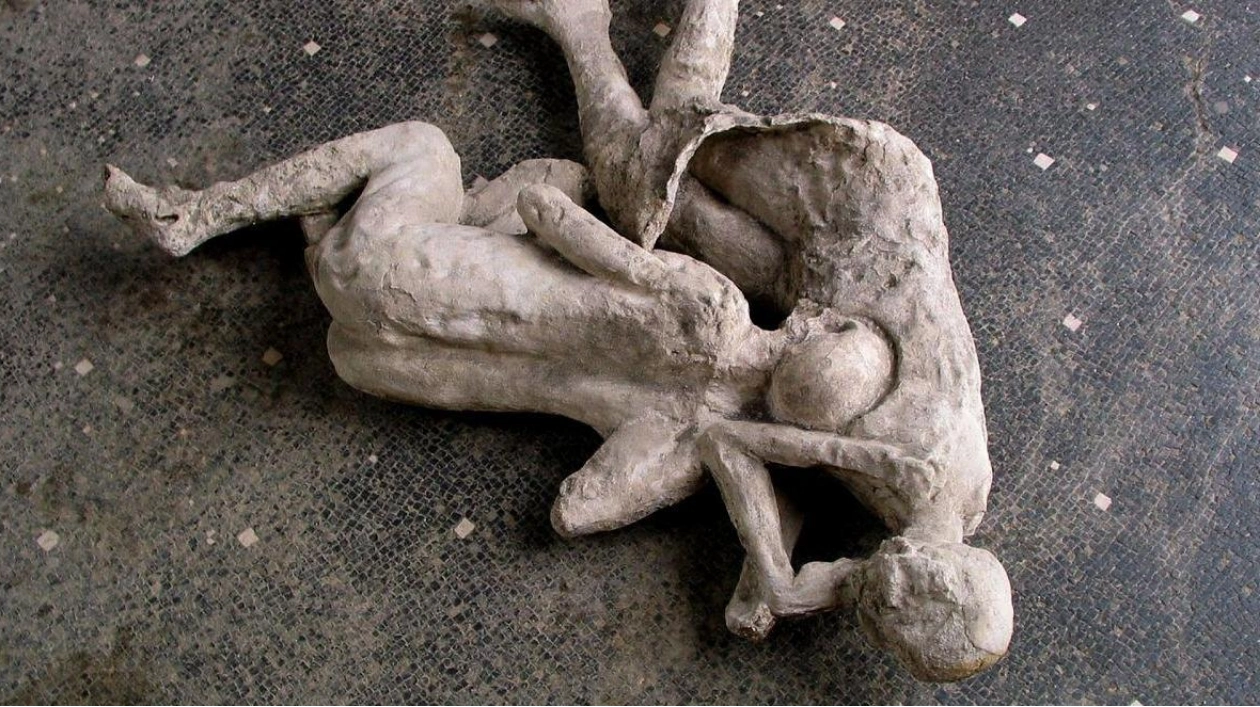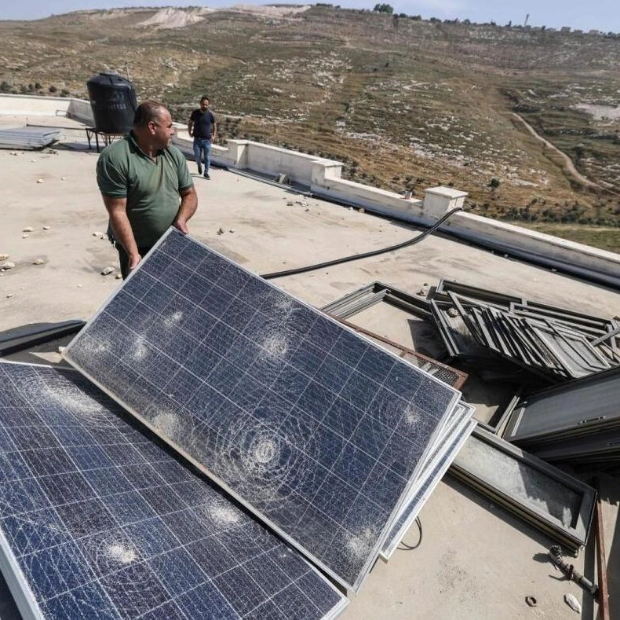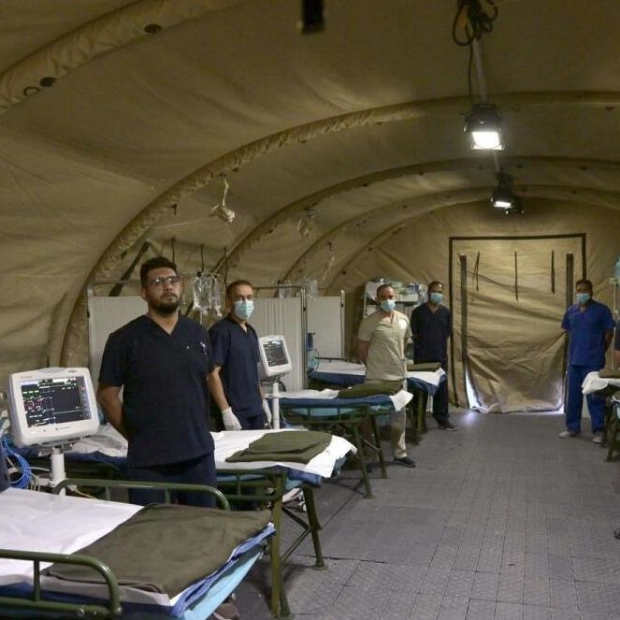New DNA analysis indicates that archaeologists may have misinterpreted the relationships among some victims of Vesuvius's eruption in 79 CE, which devastated Pompeii nearly two millennia ago. For instance, a widely recognized group of victims, previously thought to be a mother, father, and two children, may not be as they seemed. "All four of these individuals were male, which debunks the theory that they were a father, mother, and two children. Moreover, they were not biologically related to each other," explains Alissa Mittnik from the Max Planck Institute for Evolutionary Anthropology in Germany.
Another iconic scene—two figures locked in what has long been perceived as a maternal embrace—has also been reevaluated. "Here again, we discovered that at least one of the individuals was male. Additionally, they had no maternal relationship to each other. This disproves the most prevalent narrative about them," Mittnik adds. The research team, which includes scientists from Harvard University and the University of Florence in Italy, utilized genetic material preserved for almost 2,000 years.
After Mount Vesuvius erupted and obliterated the Roman city in 79 AD, bodies buried in mud and ash decomposed, leaving voids where they once were. Casts were made from these voids in the late 1800s. Researchers focused on 14 casts undergoing restoration, extracting DNA from the fragmented skeletal remains mixed with them. Their goal was to determine the sex, ancestry, and genetic relationships among the victims.
The researchers also confirmed that Pompeii's inhabitants came from diverse backgrounds, primarily descending from eastern Mediterranean immigrants—highlighting a broad pattern of movement and cultural exchange within the Roman Empire. Pompeii is situated approximately 150 miles (241 kilometers) from Rome. The study builds on research from 2022, when scientists sequenced the genome of a Pompeii victim for the first time, confirming the possibility of retrieving ancient DNA from the scant human remains that still exist.
"Our scientific results based on DNA provide additional insights into the previous archaeological and anthropological analyses and prompt us to reconsider who these people were, how they related to each other, and how they behaved in their final moments," Mittnik elaborates.
Source link: https://www.euronews.com






